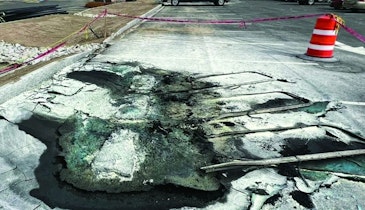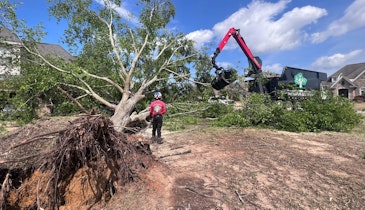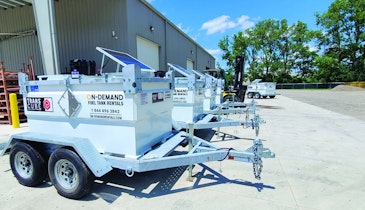Interested in Water?
Get Water articles, news and videos right in your inbox! Sign up now.
Water + Get AlertsSince the question of styrene safety first came to NASSCO’s attention nearly 10 years ago, NASSCO has been at the forefront of learning everything possible to keep workers and communities safe. Since that time, we have funded three independent studies (Phases 1-3) and are now preparing for Phase 4.
Phase 1, conducted by the Center for Underground Infrastructure Research and Education at the University of Texas, Arlington, focused on a thorough publication review of articles and papers on the topic of styrene used in the CIPP emissions process. This study resulted in a report from CUIRE stating that previously published reports were inconclusive.
Phase 2 then commenced. The Trenchless Technology Center at Louisiana Tech University conducted field studies in various locations to evaluate air emissions from polyester resin CIPP with steam cure. Based on the data collected, TTC made several recommendations including wearing personal protective equipment at the time of the initial opening of the liner transport truck; performing active air monitoring when entering manholes (which is already an industry practice); and maintaining a 15-foot perimeter around the exhaust manholes, with emission stacks being a minimum of 6 feet in height.
Phase 3 continued the investigation with a study by TTC titled “Evaluation of Styrene Emissions Associated with Various CIPP Coatings in Refrigerated Storage.” TTC recommendations included safely entering a refrigerated truck with minimal PPC only after doors are opened and styrene thresholds decline to below regulatory agencies’ limits for the planned exposure of workers.
NASSCO believes there is still more to learn, and it is therefore funding a Phase 4 study in partnership with Dr. Tom Iseley and his team at Purdue University. This research initiative focuses on establishing the styrene discharge concentration in cure water that may create bio-inhibition at publicly owned treatment plants. With a goal of completing this by the end of 2024, the study will include a literature review of peer-reviewed research; establishing laboratory inhibition standards; and refining recommendations from NASSCO’s guideline titled “The Safe Use and Handling of Styrenated Resins in the CIPP Process.”
To read the full reports, Phase 2 and 3 recommendations, and learn more about styrene and other safety topics including PFAS and so much more, visit nassco.org/safety.
About the author: Sheila Joy is executive director of NASSCO. She can be reached at director@nassco.org.






